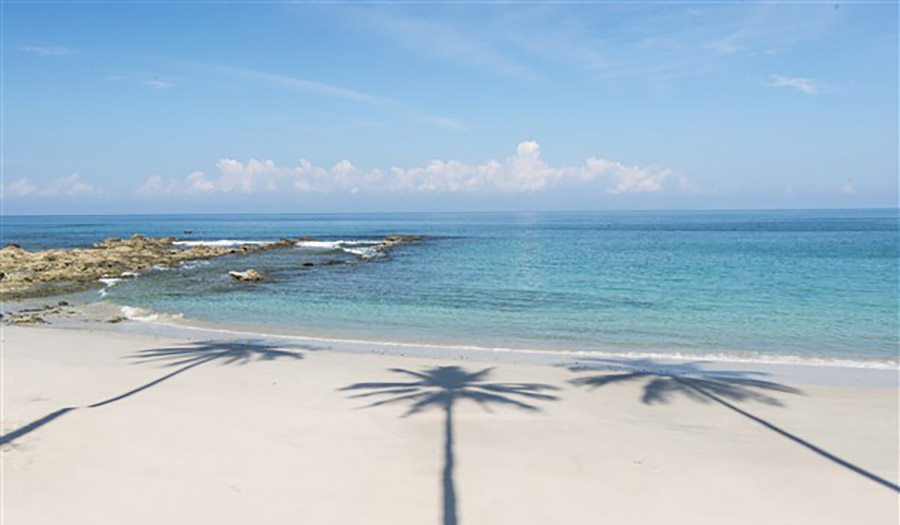They say that colors are the way nature smiles ... And, apparently, nature has dozens of shades to smile on the different beaches around the planet.
Beyond romanticisms, the truth is that the color of the sand varies because it is formed by rocks. These, over time, have been crushed by different elements like water, wind and even the same steps of the human being. These rocks come from cliffs near the coasts, which with erosion, are deposited on the beaches along with other sediments thanks to the eternal movement of the sea.
The composition of the sand depends, therefore, on the geological conditions of the surroundings and the local minerals that make up the rocks.
The most common sand type (so common that there is even a shade that is called "sand color") is known as silica and tends to form grains. The beaches of yellow sand, which are very common in southern Europe, are made up of a lot of iron and quartz. Those with more reddish sand also contain iron ore, but include in their composition glauconite, a mineral of marine origin. And what about the black beaches? Those contain magnetite and volcanic obsidian, so that their color is darker.
However, not everything in the composition of the sand is based exclusively on rocks and minerals. Marine life also brings its share. This is the case of beaches with pink sand (such as the Bahamas), whose pigmentation is due in large part to the corals that grow in the area.
The curious case of the white sand
The white sand (which gives the name to Playa Blanca, by the way), also owes its color to the fauna of the area, thanks to the combination of crustacean remains.
But not only that: in fact the white sand comes, to a large extent, from the excrement of the parrot fish. These types of fish use their teeth (which resemble the beaks of the parrots) to scrape the surface of the corals and extract their food. They then digest the algae found there, as well as chunks of coral, and dispose of the remains by expelling inorganic compounds in the form of white sand. It is estimated that each parrotfish can produce up to one ton of sand per year.
However, it is not only the fish that is responsible for producing sand in such an unattractive manner. Every year there is always new sand that accumulates, mainly, during the rainy season, when the rivers increase their flow and carry more sediments towards the sea. So, do not worry about walking on the paradisiacal sand of Playa Blanca. It has a not very glamorous origin, true, but it does not stop being beautiful.
And to you which sand color do you like best? Tell us the comments.

